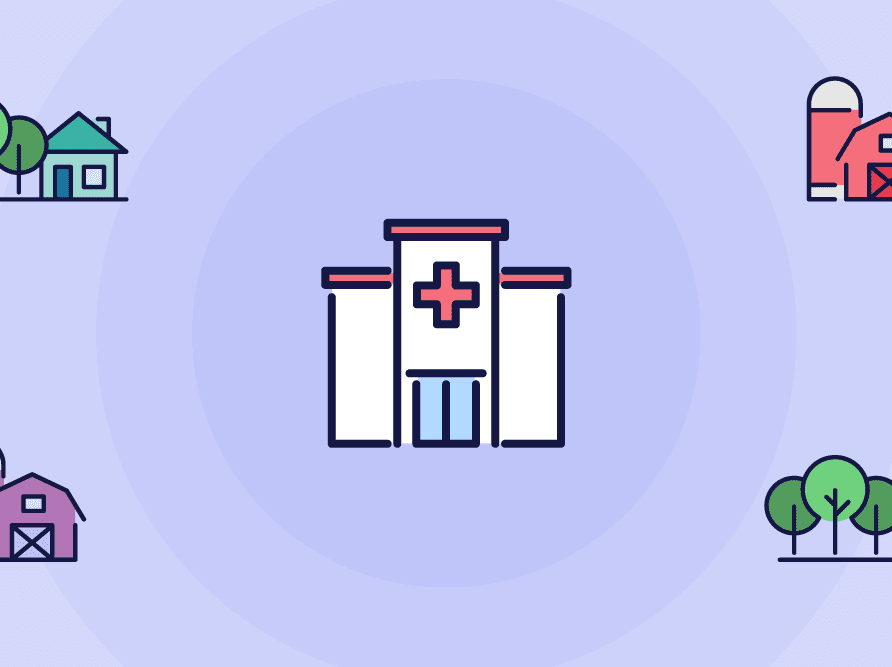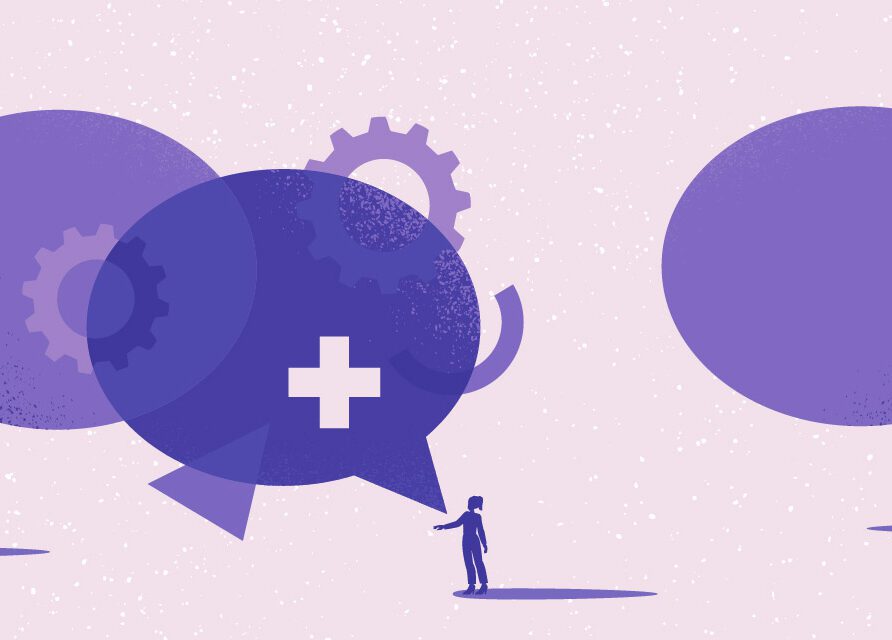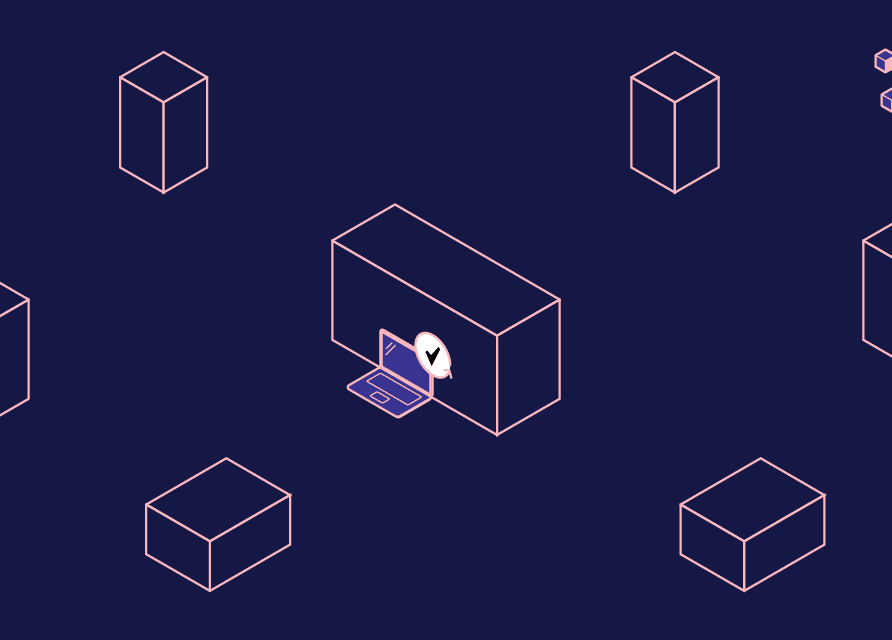Article
From severe storms to malware: The value of the cloud in emergency situations
Across all industries, expecting (and planning for) the unexpected is key to business continuity and organizational resilience. In healthcare, the stakes are especially high as patient safety and well-being are on the line.
Generally speaking, healthcare leaders can’t predict when major incidents will occur in their communities or organizations—but they can prepare for them. From a technology standpoint, the cloud represents a significant opportunity for healthcare organizations to always be at the ready.
Here are a couple scenarios when cloud architecture can help protect organizations and the lives under their care.
Weathering natural disasters
According to the National Centers for Environmental Information (NCEI), the United States faced 20 climate or weather events in 2021 that each resulted in more than $1 billion in losses. When these events occur, keeping patients out of harm’s way is paramount, and that includes maintaining access to their electronic health records (EHRs). With an on-premises EHR, organizations run the risk of damage to servers in these situations. Cloud computing greatly reduces this concern. For example, the Sunrise™ Platform of Health is hosted on Microsoft Azure, which uses multiple, geographically diverse data centers, thereby significantly lowering the risk of downtime and damage.
Following a natural disaster, patients may also seek treatment at or be transferred to other facilities dozens or even hundreds of miles away. For the organizations receiving those patients, making their medical histories available at the point of care is essential in facilitating informed decision-making. Sunrise offers the means to do so. Through the power of the dbMotion™ Solution, the platform connects to the Carequality network and brings data from disparate sources into provider workflows. As a result, clinicians can comprehensively assess individuals’ needs, even for patients far from home.
Building a digital tripwire against cyberattacks
The healthcare sector is a prime target for cybercriminals, and this has unfortunately intensified since the beginning of the pandemic. In 2021, more than 550 covered entities reported a healthcare data breach to the U.S. Department of Health and Human Services’ (HHS) Office of Civil Rights (OCR). These incidents do not just mean that people’s sensitive, personal data may be exposed to bad actors. They can also have real, detrimental effects on patient outcomes by freezing access to EHRs, as with ransomware attacks.
As cybercriminals become more sophisticated, healthcare organizations need more resources than ever before to protect data. With cloud hosting, organizations can outsource management and monitoring of data centers, gain robust security capabilities and maintain compliance with evolving regulatory standards. Microsoft, in particular, spends more than $1 billion annually to prevent data breaches and hinder cyberattacks. Azure technology provides real-time AI threat monitoring, continuous security evaluation and review, and additional tools to alert, notify and defend against cyberattacks. As the threat landscape continues to change, healthcare organizations can reduce their vulnerabilities by opting for the flexibility and protections of the cloud to avoid catastrophe.
Making the right technology investments is one of the most effective ways to safeguard against the fallout from unplanned circumstances. Healthcare organizations can learn more about the Sunrise Platform of Health and the migration to the cloud here.













